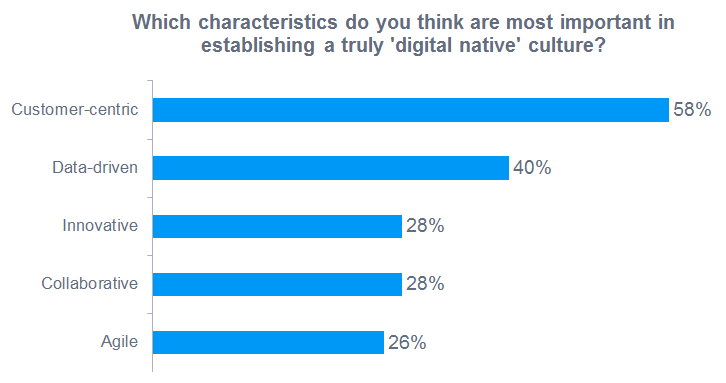Every business should strive to improve their customers’ experience with their products and services. Adopting a customer first strategy is therefore often mentioned as a company objective. Unfortunately, it rarely goes beyond the theory in most organisations, so I decided to help out with these six suggestions.
Hospitality is perhaps one of the most visible industries where customer satisfaction, or lack of, is quickly shared with the world. (Read my last post for more on this)
It is true that without satisfaction, customers will not return to a hotel or restaurant. And they will almost certainly share their (bad) experiences with anyone who will listen – including online!
Hospitality is also one of the industries that receives the most comments online, thanks to TripAdvisor and other booking sites. There is no hiding from their clients!
Now while I empathise, this is not all bad news. Because it means that great service will also be more quickly known about online. Therefore you can make changes and see the results almost immediately, or at least far quicker than in most other businesses.
However, despite this, I believe that the hospitality industry has a lot it can learn from consumer packaged goods (CPG) where improvements take the consumer longer to appreciate. In fact most other industries could benefit from taking a look at some of CPG’s best-in-class processes.
Both the hospitality and CPG industries have their customers at their heart; after all it’s in their name. They are both founded on pleasing and hopefully delighting their clientele in the quality of the products and services they offer.
However, as the world changes, customer demands do too and companies need to stay current if not ahead of these requirements, in order to ensure continued growth.
The 6 essentials of a customer first strategy
#1. From ROI / ROR to ROE
There has been a lot of talk recently on moving from a return on investment to a return on relationship metric. While I agree with the importance of relationships, I believe that what we should be talking about is engagement. Be honest, other than the author of the once popular book that started talking about brand love, who wants to have a relationship with a brand?!
Brands that have a high following and loyalty have found a way to consistently engage their fans and keep them coming back. They become involved and interested in the brand, the product, their website, even their communications.
Coca Cola and Red Bull are great examples of this. You should also check out another post entitles “Increasing Impact & Engagement through Advertising Testing.”
#2. Building Relationships with Strangers
While the hospitality industry is based on serving and satisfying its guests, in today’s connected world, it also needs to consider people who are currently strangers – but who could potentially become clients.
These might be the friends of current guests, who for example the Rosewood Mayakoba resort in Mexico tries to attract. Let me explain.
This wonderful … Click to continue reading




